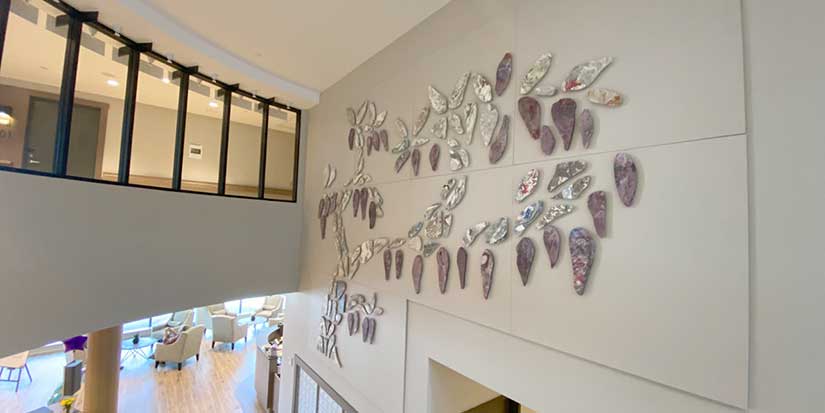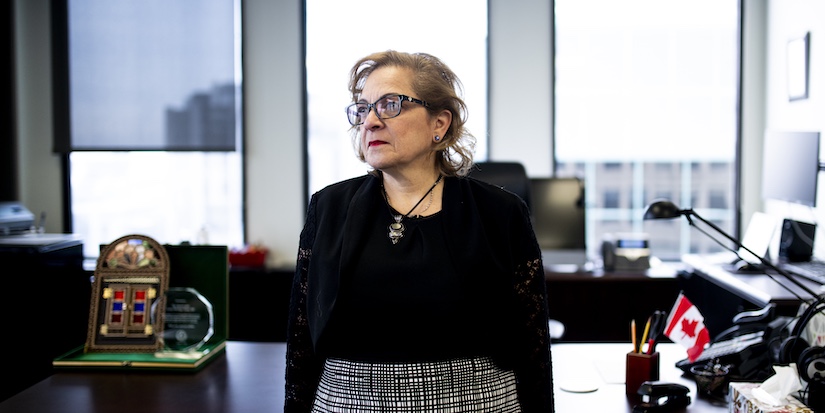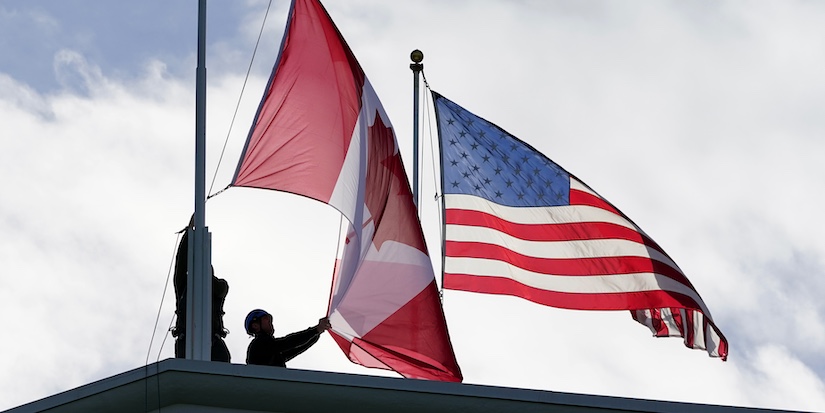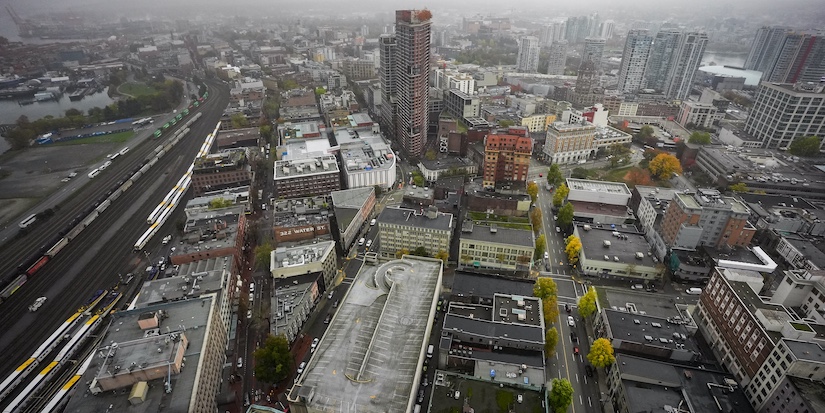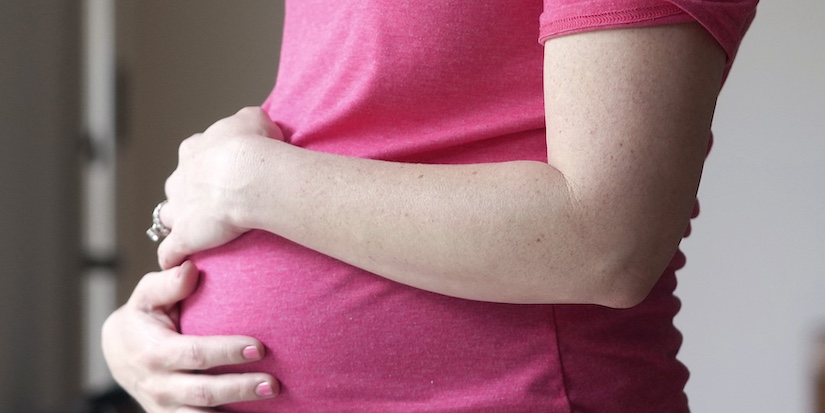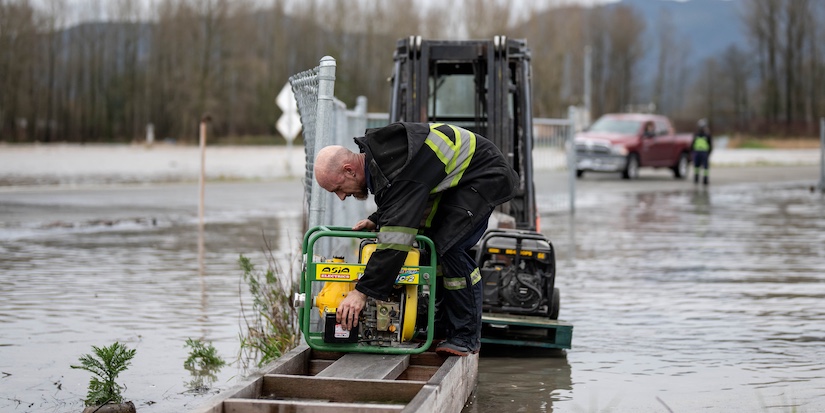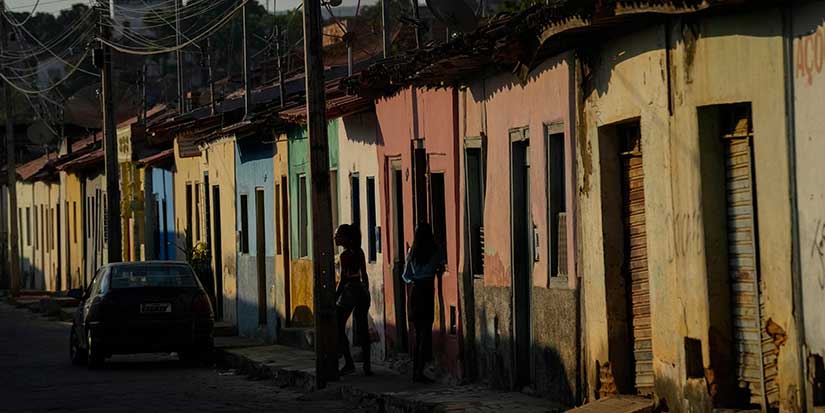Arts & Culture
Reimagining recycling into masterpieces

—
Roger Brenninkmeyer, founder of the Plastic Essence Collaborative (PECO), has recently created a magnificent piece of artwork made entirely out of plastic for the Wisteria Place seniors’ home in Steveston.
Born in England, Brenninkmeyer lived in various countries in Europe as well as cities like Toronto and Montreal before settling down in Vancouver. After working in the finance industry as a loan officer and working as a graphic designer for branding companies, Brenninkmeyer then created PECO, which focuses on incorporating environmental sustainability into art.
PECO was founded with two missions. The first is to create stunning, original art pieces from mounted plastic plates with unique designs. The second mission is to raise the awareness of plastic sustainability within our community.
“The vision is to reimagine our relationship with plastic through conscious (and) collaborative creativity,” says Brenninkmeyer.
Brenninkmeyer’s passion for recycling began at a young age, when he started a recycling program at his school.
“If it’s not me that can do (something), I can’t expect anyone else to (do it),” he says.
Unlike other easily biodegradable materials, such as paper and glass, plastic can take 500 years or more to completely decompose.
“In the recycling bin, (plastic) is the one thing that stands out to me,” says Brenninkmeyer.
Brenninkmeyer drew inspiration from Dutch company Precious Plastic, which makes furniture and construction materials from recycled plastic. Industrial designer Carter Zufelt, who developed a process that turns plastic bags into useful, everyday objects like stools and tables, was another source of inspiration.
Although Richmond’s single-use plastics ban will soon come into effect, there are still other plastic containers and products that end up in the landfill.
“We need to have a completely different consciousness about plastic. We need to look at it (as) something that is more valuable to us, as opposed to something that is so quickly discarded after a single use,” says Brenninkmeyer.
Brenninkmeyer limits the types of plastic he usees to high density polyethylene (HDPE) and low density polyethylene (LDPE) #3 and #5. Unlike other plastics, these emit less toxic fumes during the melting process.
Most of Brenninkmeyer’s art pieces stem from the themes of nature and the human condition. He also highlights the significance of building art out of trash.
“Being a graphic designer has really pushed me into this sort of mosaic style,” says Brenninkmeyer.
Converting plastic bags into art pieces is not an easy job. The process includes sorting, cutting, and cleaning the plastics. The melting process starts with melting one or two sheets until a malleable dough ball is formed. Once the temperature reaches 350 degrees Celsius, a rolling pin is used to flatten out the plastic ball, which is then sent into a cold press to cool down.
After cooling down, the plastic piece is cut, sanded, and polished before it is ready to be mounted and framed. It can take around eight hours to create a standard 34.29 by 39.37 centimetre (13.5 by 15.5 inch) piece.
“The melting process of creating the plates for Wisteria Place took a whole month,” says Brenninkmeyer.
Brenninkmeyer’s art is created with a unique, one-of-a-kind process that aims to resolve plastic issues by physically reducing the problem down and using it to create something new. The art also raises community awareness of the ongoing problem.
“It’s not purely the aesthetics, it’s about the impact,” says Brenninkmeyer.
As a company, PECO always strives to build trust, connect with people, and encourage community collaboration.
“It’s not just about other people doing it, it’s about doing it together. (At) Plastic Essence Collaborative, we are collaborating together to solve a problem,” says Brenninkmeyer.
The piece recently created for Wisteria Place is Brenninkmeyer’s biggest ever. Members of the community, as well as Wisteria Place residents, voluntarily brought in their own plastics that were used to create the wisteria tree.
The tree has become a source of pride for residents, symbolizing eternity and longevity. The leaves and petals represent the residents.
Brenninkmeyer says to reduce plastic wastes, people have to first understand the root of the problem.
“Plastic is not the problem, we are the problem,” he says.
To cut down on the number of plastic items used, Brenninkmeyer suggests finding substitutes. Use a bar of soap instead of bottled shower gel, or use paper bags in place of plastic ones.
It’s also important to encourage local retailers and businesses to start reforming as well. Support and advocate a change to cardboard containers instead of plastic ones. And avoid Styrofoam whenever possible.
“Until we have bio-substitutes for every container or bottle, what we need to do is think consciously about how we buy and when we buy,” says Brenninkmeyer.
The history of plastics
In the early 1900s, ornaments and small figurines made out of elephant tusks were being exported from Asia and Africa. In 1877, English inventor Daniel Spill established the British Xylonite Company. One of its three subsidiaries, BX Plastics, was a plastic engineering and production company that was responsible for the creation of Xylonite, one of the earliest forms of plastic. Xylonite is still found in a wide range of products today including combs, table tennis balls, and guitar picks.
